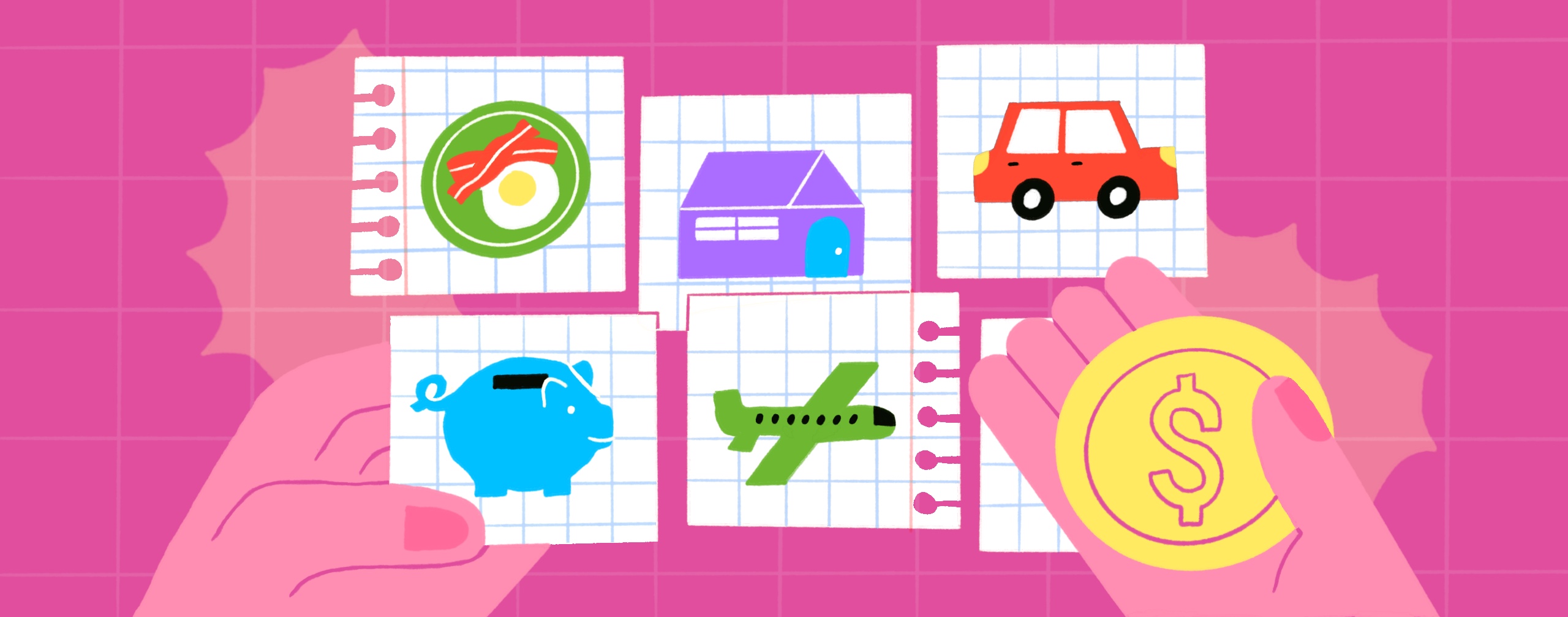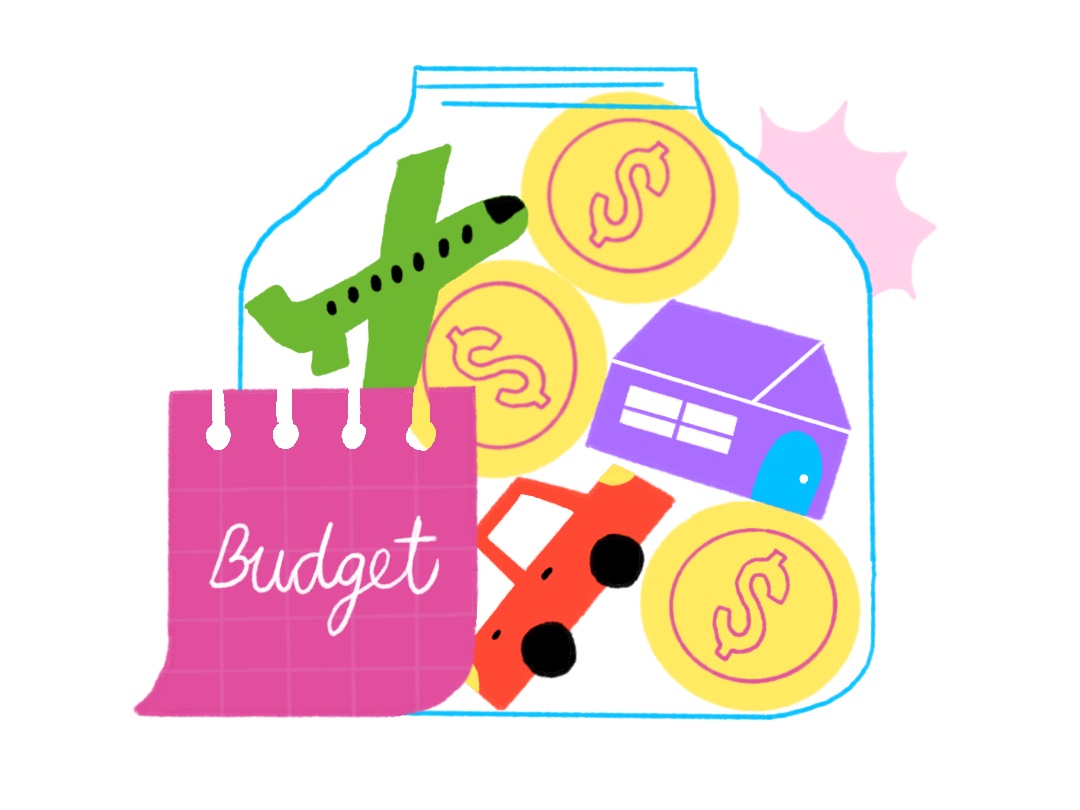
Create a Zero-Based Budget
With traditional budgeting methods, people track their spending against broad categories and typically keep extra funds unassigned. In zero-based budgeting, proactive planning is required for every single dollar. This adds purpose and control to your budget. Zero-based budgeting is flexible if you need to move assigned dollars around, and helps eliminate the feeling of money disappearing without a trace.
Estimate Your Income
The basic formula behind a zero-based budget is that Income - Expenses = $0. So how do you get there? First, list and total all your sources of income. This may vary from month to month, and it’s okay if you’re not sure exactly what it’ll be. Start with your yearly average divided by twelve, or use last month’s income as a starting point.
Plan for Your Expenses
Next, plan for your expenses. As with any budget, it’s best to pay yourself first. Assign dollars to all your savings accounts, including retirement contributions, an emergency fund, and other savings goals. Debt payments are next in line, including payments on credit cards, car loans, student loans, and even mortgage payments.
Now, list your regular bills and necessary expenses, like utilities, food, and gasoline. But don’t stop there. You’ll also decide how much “fun money” you’ll spend each month, too, on eating out, hobbies, entertainment, and more.

Balance Your Budget
Zero-based budgeting is a top-down process of allocating dollars. When you’re finished with your expenses, add it all up, then compare it to your income. If your expenses are more than your income, you’ll need to cut back. If you’ve got money left, keep assigning dollars as you see fit. Adding extra funds to a savings account or goal is always a good idea.
If your income is variable or you’re not confident yet in your budgeting abilities, it’s wise to add a “buffer” line item to your budget. This can be whatever amount you're comfortable with, from $50 to $500 or more.
Your zero-based budget is ready when your total income and your total expenses are the same. Every dollar is accounted for and ready to go to work!
Track and Tweak
A key element to making a zero-based budget work is to actively track your spending and adjust your plan as necessary. To make this easier, set a day of the week or even a daily time that you review your income and expenses to see where things stand.
If you overspend, you’ll need to move money from one category to another. Or find a way to bring in more income. If you spend less than anticipated—yay!—you’ll send those dollars to another category. Reducing your budget to zero helps identify spending leaks and eliminate frivolous spending. Every dollar requires an intentional decision.
Zero-based budgeting is the gold standard for people with variable incomes, those who want to pay off significant debt, build an emergency fund, or hit another robust goal. It’s not just a record of past spending, as many budget ledgers are; it’s a forward-looking blueprint for your financial life.
Neither Banzai nor its sponsoring partners make any warranties or representations as to the accuracy, applicability, completeness, or suitability for any particular purpose of the information contained herein. Banzai and its sponsoring partners expressly disclaim any liability arising from the use or misuse of these materials and, by visiting this site, you agree to release Banzai and its sponsoring partners from any such liability. Do not rely upon the information provided in this content when making decisions regarding financial or legal matters without first consulting with a qualified, licensed professional.